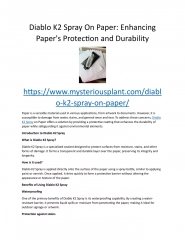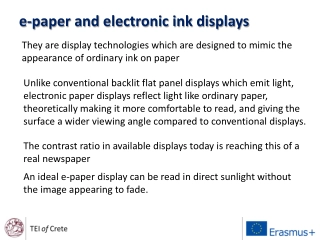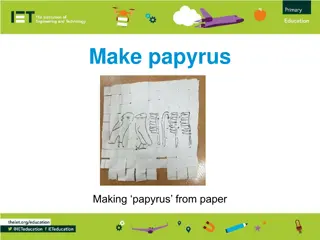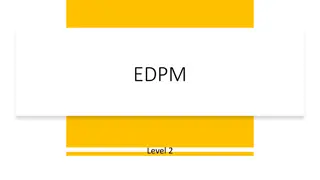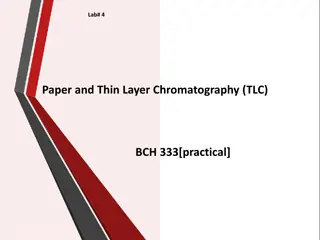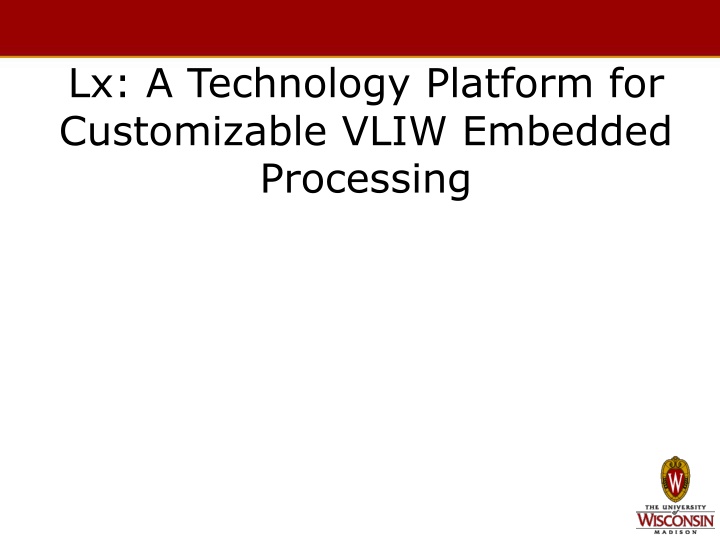
Customizable VLIW Embedded Processing Technology Platform
Explore the Lx technology platform designed for scalable VLIW embedded processing, addressing complexity in embedded applications with customizable solutions for increased issue width and efficient computation.
Download Presentation

Please find below an Image/Link to download the presentation.
The content on the website is provided AS IS for your information and personal use only. It may not be sold, licensed, or shared on other websites without obtaining consent from the author. If you encounter any issues during the download, it is possible that the publisher has removed the file from their server.
You are allowed to download the files provided on this website for personal or commercial use, subject to the condition that they are used lawfully. All files are the property of their respective owners.
The content on the website is provided AS IS for your information and personal use only. It may not be sold, licensed, or shared on other websites without obtaining consent from the author.
E N D
Presentation Transcript
Lx: A Technology Platform for Customizable VLIW Embedded Processing
Introduction Problem Complexity of embedded applications is escalating Time to market is a primary concern Thus, a software based approach is desired a DSP platform coupled to microprocessor functionality Solution A VLIW architecture specialized to an application domain Aggressive ILP complier 2
Goals Scalability Increase issue width Increase set of legal operations which can be issued together Customization Try to do computation at hand efficiently 4
Multi-Cluster Organization Unified Instruction Cache amongst clusters so they run in lock step and single execution pipeline Inter-cluster communication To transfer data between clusters Done using compiler controlled send and receive instructions Data-Cache organization Problem: Multiple memory accesses Possible solutions suggested MESI-like synchronization of independent caches Pseudo multi-ported cache implementation Not discussed in paper 6
Organization of single cluster Four 32-bit integer ALU s Two 16X32 multipliers One load/store unit 64 32 bit General-purpose registers Branch unit (only cluster 0) 7
More on single cluster RISC ISA with minimal predication support Supports dismissible loads Has a two-step branch architecture such that compare and branch operations are decoupled 8 1-bit branch registers 32KB, 4-way associative data cache Fully associative 8 entry Prefetch Buffer which is software controlled 8
Code Density Sparse ILP encoding No-ops for unused units Use end-of-bundle bit RISC has intrinsically sparser encoding then CISC and latencies are exposed at ISA level in VLIW Use simplified form of Instruction set Compression. Compressed by software and decompressed on demand Compiler-driven code expansion Hard factor to quantify User guidance to the complier to do this only in the computationally intensive kernal 9
Code density Average of 48% increase except bmark for optimized code After compression average goes to 14.9% For compilation with minimal code size we have 26% and - 14% 10
Performance Baseline Intel Pentium-II @ 333 MHz Programs in application domain as well as reference benchmarks are considered Compared against StrongArm SA-110 @ 275MHz, high performance 32 bit embedded processor Scaling clock Frequency May not always be preferred for embedded domains because of limited energy budget Realistic range of 200-400 MHz is considered 11
Results of scaling clock Frequency In the target domain, performance scaled linearly, and this remained true for 2-cluster and 4-cluster configurations as well For general purpose applications, scaling did not make much of a difference 13
Scaling Issue width Functional units and registers represent only fraction of power consumption Thus, increasing issue width changes power consumption only marginally However, cost is higher as data-path grows and bandwidth of data-cache also has to be higher 14
Results of Scaling Issue width In the application domain, some advantage bit non-uniform across applications In general-domain it was ineffective and sometimes detrimental 16
Customization levels Domain Specific What Lx did We make choices like core ISA, pipeline organization, memory hirerarchy Application Specific Sizing and scaling the basic resources according to application Algorithm Specific Special computation instructions, storage organization and other structures Implementation specific Customize for specific way of implementing the algorithm 17
MD5 Encryption Case Study Commonly done operation in MD5, are fairly generic Instructions to support operations 18
MD5 Encryption Case Study Operations very specific to MD5 19
Conclusion Domain-Specific Customization is effective Scalability by increasing ILP resources is not uniform across applications. Increasing clock-speed gives scales linearly but is limited by the power budget Aggressive customization works in certain cases but can be dangerous 21
Questions? 22

